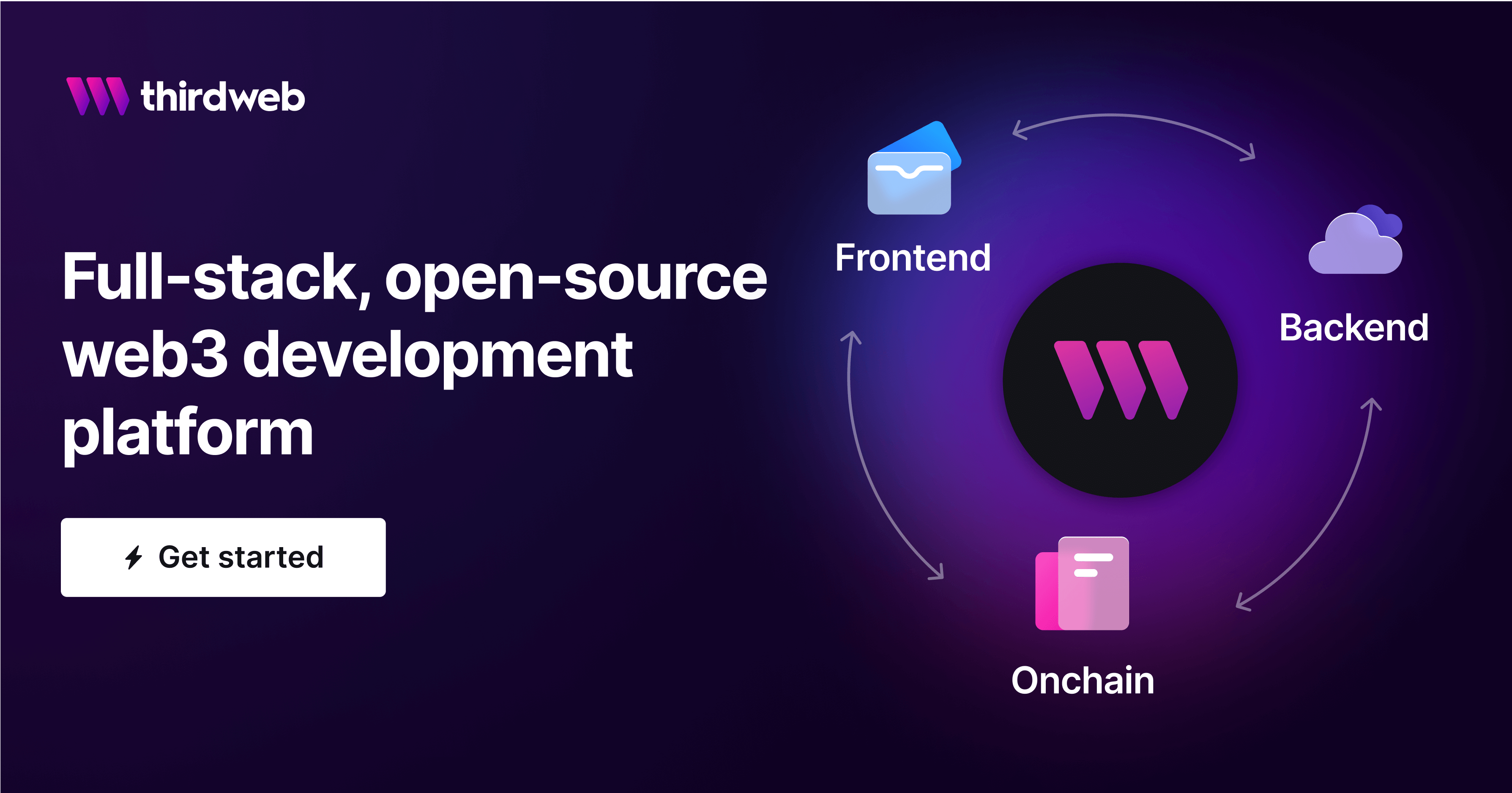What is Transaction Nonce in Ethereum?

Ethereum processes over a million transactions every day, serving as the backbone for hundreds of onchain protocols, blockchain games, and dapps (decentralized applications). This heavy traffic is verified and processed by a global network of nodes and more than 800k active validators all spread across the globe.
While this node distribution helps secure the network and avoids centralization, it raises challenges related to efficiency and transaction order.
Ethereum's transaction nonce solves these challenges. It maintains the order and integrity of transactions, crucial for preventing replay attacks and mitigating the risk of double spending—a significant issue in digital economies. In peer-to-peer systems, where there's no central body to oversee transactions, the risk of double spending is higher.
Now, what is a transaction nonce, how does it work, and what is its role in Ethereum transactions?
In this blog, we will demystify the concept of transaction nonce, its working, and the problems that nonce helps solve on Ethereum.
What is Ethereum nonce?
Nonce is a scalar, single-dimensional value that increases linearly and represents the total number of transactions sent from a specific address. The incremental nature of this value ensures that each transaction can be uniquely identified and ordered correctly within the blockchain.
For each Ethereum account, the nonce starts at zero and increases by one with each transaction initiated. So, if an account has made three transactions, the nonce for the fourth transaction would be 3.
Functions of Ethereum nonce
Nonce is a unique value that performs the following functions in Ethereum:
Orders transactions
Each transaction from an account has a unique nonce, starting from 0 and incrementing by 1 with each transaction. This ensures that transactions from an account are processed in the exact order they were sent. By requiring each transaction to have a unique nonce, Ethereum ensures that each transaction can be processed only once and in the correct order.
If transactions were processed out of order, it could lead to inconsistencies in the state (like trying to spend Ether that has already been spent, or not yet received).
Ensures state consistency
Ethereum is a state machine i.e. transactions cause state transitions. Courtesy of nonce, all nodes process transactions and perform the same state transitions in the same order. This leads to state consistency i.e. network-wide consensus on the state of each account. Additionally, nonce helps new nodes sync with the rest of the network by validating the entire network state.
Prevents double spending
Each nonce can only be used once for a transaction. This helps prevent double-spending as it ensures that the same transaction cannot be submitted multiple times. Nonce kills the possibility of replay attacks where a valid transaction is fraudulently repeated for illicit gains.
Since a nonce value is only valid once, a transaction with an already-used nonce will be rejected by the network.
Challenges faced with Ethereum nonce
Despite how crucial nonce is for Ethereum transactions, working with them isn’t straightforward. Let’s look at a few challenges that developers face with transaction nonce on Ethereum:
Invisibility of transactions
The visibility of Ethereum transactions on blockchain explorers like Etherscan is crucial for tracking the transaction's status (pending, successful, or failed). But, any nonce-related issue like incorrect nonce value or stuck transactions means that the transaction might not appear in the explorer.
This leads to confusion as to the status of the transaction and how to diagnose the issue at hand.
Stuck transactions
Transactions can get stuck in the mempool if the nonce used is not in sequential order. A transaction with a higher nonce will remain pending if a previous transaction (with a lower nonce) hasn't been processed. This can happen if the previous transaction has a low gas fee and is taking longer to get mined. The former will remain pending, potentially causing a backlog.
Wallet provider errors
Most Ethereum wallets automatically manage nonces for their users. If the wallet providers aren’t synced with user accounts, it might either cause nonce collisions (if the nonce is too low) or transactions being stuck in a pending state (if the nonce is too high).
Especially when users engage in high-frequency transactions like blockchain gaming or trading, wallet providers’ handling of nonce incrementation becomes critically important.
Bugs in wallet software or issues with nonce tracking algorithms can also be very detrimental for both users and the network.
Nonce issues for end users
Nonce-related challenges don’t just cause issues for developers and builders. They also gravely impact the end-users of dapps and any Ethereum-based onchain activity.
Here are key ways nonce issues can affect end-users:
- Transaction delays: Nonce errors often result in transactions getting stuck, causing significant waiting times for confirmation.
- Increased costs: Resolving nonce issues typically require resending transactions with higher gas fees, leading to additional expenses.
- dApp functionality: Nonce problems can interrupt the intended sequence of transactions in dApps, affecting their performance.
- Disrupts automated systems: Users relying on automated systems or smart contracts for recurring transactions may face disruptions, requiring manual troubleshooting.
- Inconsistent user experience: Nonce-related issues can lead to unpredictable transaction outcomes, creating an unreliable and frustrating experience for users.
How to avoid nonce errors on Ethereum?
Nonce is a core component of Ethereum transactions, so developers can’t bypass their management.
Here are a few best practices developers can follow to avoid nonce-related issues:
- Implement systems using web3 libraries to automatically track and update nonce values after each transaction, ensuring accuracy and consistency.
- Develop mechanisms to detect and replace failed transactions, reusing nonces with adjusted gas fees to resolve stuck transactions efficiently.
- Provide advanced users with an interface for manual nonce adjustments, accompanied by clear warnings to prevent incorrect usage and errors.
Developers can also use web3 APIs, such as those from thirdweb Engine, for backend wallet management and automatic nonce queuing. Learn more about thirdweb Engine:

Apart from that, developers can employ rollups to reduce the number of nonce-related issues as they handle transactions outside Ethereum.
Rollups
Rollups are layer 2 solutions that execute transactions outside the main Ethereum chain (layer 1) but post transaction data to it. They do this by batching multiple transactions into a single rollup block. This batching means that individual transactions within the rollup may not require individual nonce management as they would on the mainnet.
Furthermore, rollups offer more consistent transaction fees compared to Ethereum. This reduces the chances of transactions getting stuck due to low gas prices, which is a common cause of nonce issues.
Outside of rollups, developers can rely on third-party servers or backend infrastructure to help them avoid the headache of nonce-related issues.
Thirdweb Engine
thirdweb Engine is a powerful backend HTTP server designed for blockchain application development. It facilitates smart contract interaction on Ethereum and other EVM-compatible blockchains using managed backend wallets. Thirdweb Engine, essentially, is a complete web3 infra setup, including remote procedure call (RPC), storage solutions like IPFS, and account abstraction components.
Here’s how the thirdweb engine specifically helps with Ethereum nonce:
- Wallet nonce management: Thirdweb Engine handles the nonce values for transactions sent from managed backend wallets. This feature is essential for ensuring that transactions are processed in the correct order on Ethereum.
- High throughput: The engine is capable of processing blockchain transactions in parallel while managing nonce values. This is particularly important for applications that require high transaction throughput, as it ensures that transactions are not stuck or delayed due to nonce-related issues.
Spin up your own thirdweb Engine instance — it's free & open-source:

Nonce: the backbone of Ethereum’s transaction integrity
In essence, nonce is not a mere technicality. It upholds integrity and security and facilitates Ethereum’s smooth functioning. Appreciating the nonce's functions sheds light on the complex infrastructure that runs in the background to facilitate millions of transactions for users across the globe.
We hope this blog post has helped you better understand what a transaction nonce is, how it works, and why it’s so important for Ethereum.
If you have any questions, join 40,000+ other builders in our Discord community — or reach out to the team directly for more info on how to get started with building web3 apps.
And if you want to start building web3 apps on Ethereum, get started with thirdweb’s web3 tools & SDKs — they’re free.

